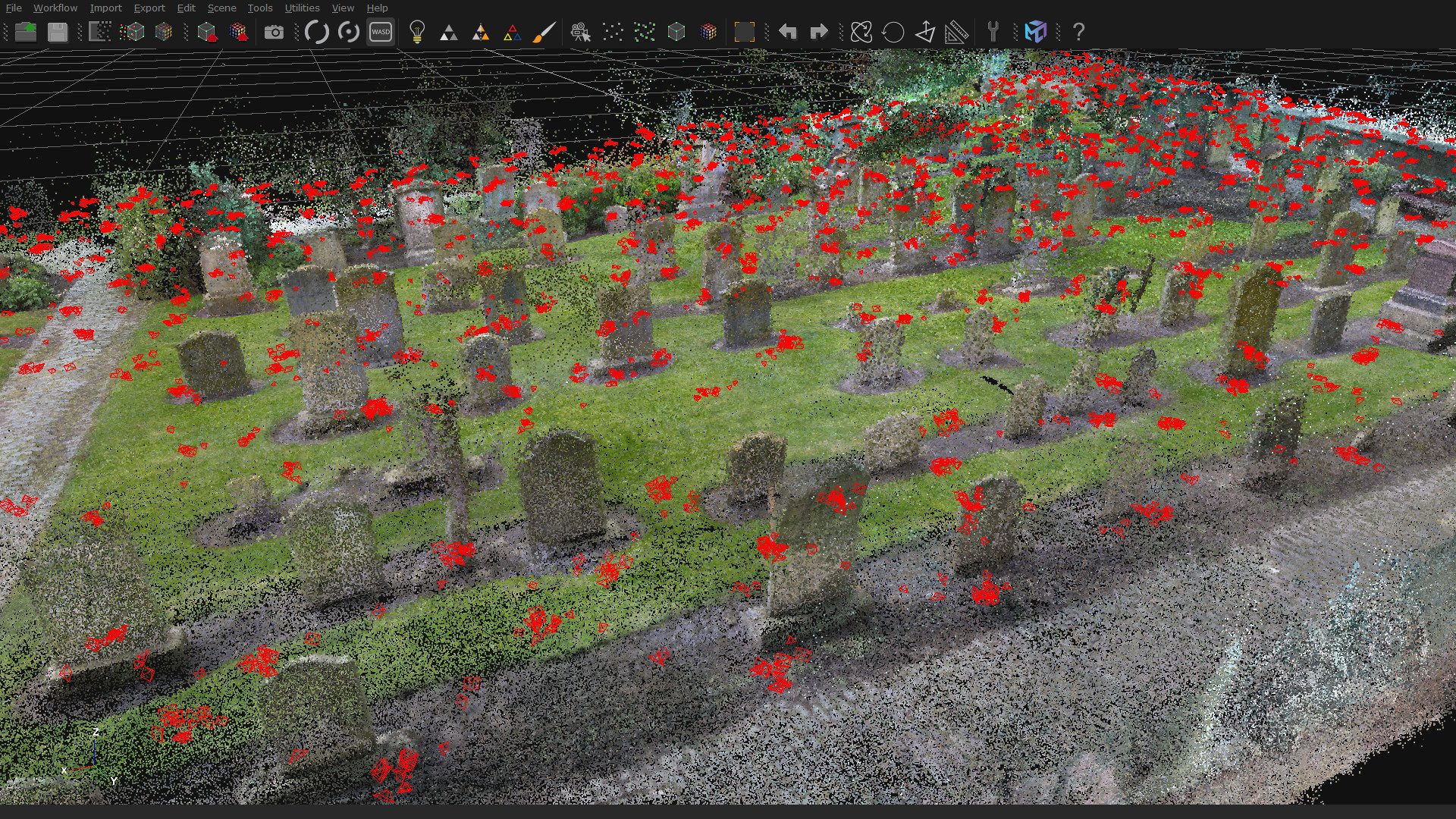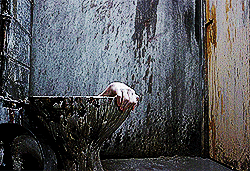Schlagwort: 3D imaging
-

The Howff 3D scanning rig| The MagPi 99
Reading Time: 4 minutesHow do you create a 3D model of a historic graveyard? With eight Raspberry Pi computers, as Rob Zwetsloot discovers in the latest issue of The MagPi magazine, out now. The software builds up the 3D model of the graveyard “In the city centre of Dundee is a historical burial ground, The…
-

Toilet Tracker: automated poo-spotting, no cameras
Reading Time: 2 minutesIt might be that I am unusually particular here, but there is nothing (absolutely NOTHING) that upsets me more than dirty toilets. Yes, I know this is the epitome of a pampered-person’s phobia. But I have nightmares — honest, actual, recurring nightmares — about horrible toilets, and I’ll plan my day around…

